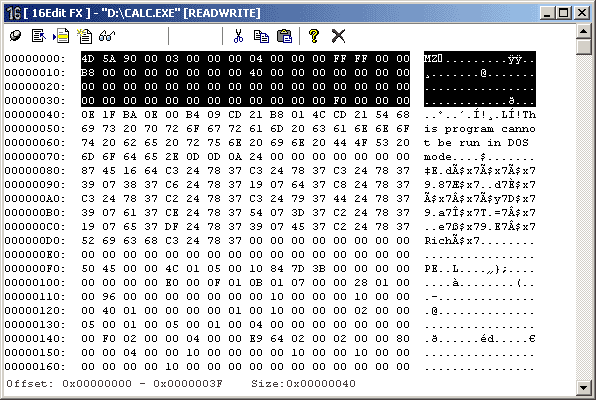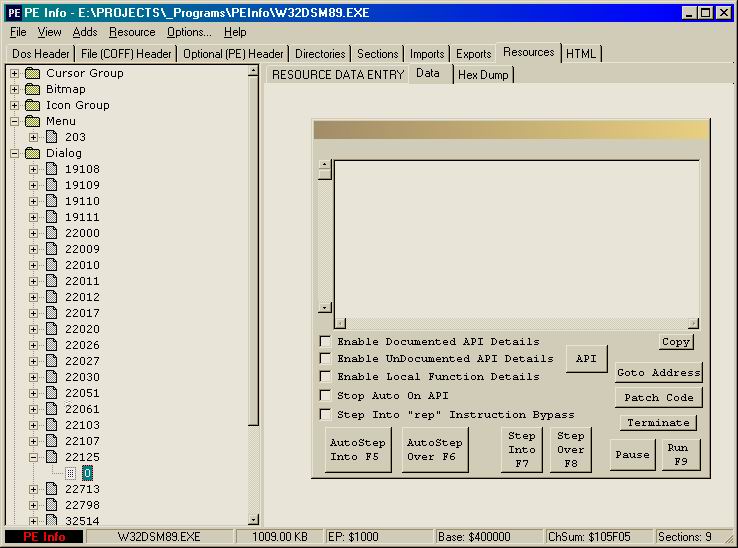
Another welcome departure from the scene is Win32s®.

Since 16-bit Windows® is history, there's no need to compare and contrast the format to the Win16 New Executable format. Let me give you just a few examples of what has changed since I wrote the article in 1994.


In addition, I have some goodies in this article that don't seem to appear in any official Microsoft documentation. My focus in this article will be to explain the most relevant parts of the story, while filling in the hows and whys that don't fit neatly into a formal specification. However, like most specs, it sacrifices readability for completeness. Sure, you could learn a lot of what I'll tell you by reading the Microsoft specification. By understanding what's in your EXEs and DLLs, you'll find that you've become a better programmer all around. The answer is the same now as it was then: an operating system's executable format and data structures reveal quite a bit about the underlying operating system. You might be wondering why you should care about the executable file format. I'll remedy that situation in a two-part article starting this month. The world of Win32® has changed quite a bit in the intervening years, and the article is severely dated. Unfortunately, the problem with articles is that they're static. To this day, I still hear from people (even within Microsoft) who use that article, which is still available from the MSDN Library. The article, " Peering Inside the PE: A Tour of the Win32 Portable Executable File Format," turned out to be more popular than I had expected. Long time ago, in a galaxy far away, I wrote one of my first articles for Microsoft Systems Journal (now MSDN® Magazine). An appendix includes lists of the relevant image header structures and their descriptions. NET, PE file sections, RVAs, the DataDirectory, and the importing of functions. This article, the first of a two-part series, looks at the changes to the PE format that have occurred over the last few years, along with an overview of the format itself.Īfter this update, the author discusses how the PE format fits into applications written for. If you know what's in your DLLs and EXEs, you'll be a more knowledgeable programmer. SUMMARY A good understanding of the Portable Executable (PE) file format leads to a good understanding of the operating system. This article assumes you're familiar with C++ and Win32ĭownload the code for this article: PE.exe (98KB) An In-Depth Look into the Win32 Portable Executable File Format


 0 kommentar(er)
0 kommentar(er)
